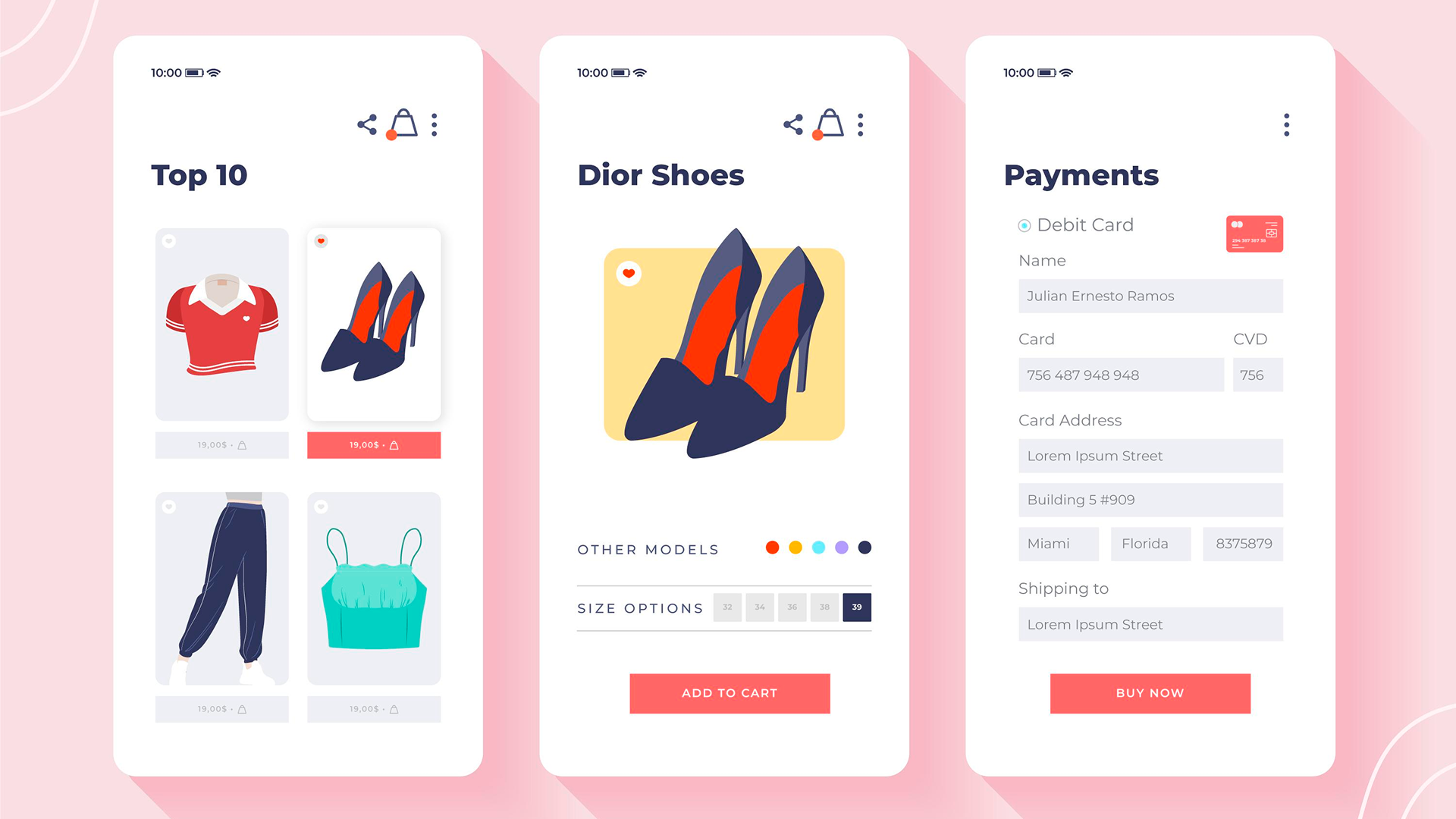
Why User Experience Is the Backbone of Successful Ecommerce Websites
In the fast-paced world of online retail, creating a seamless and intuitive user experience is key to standing out from the competition. Beyond just looking good, an ecommerce website must function effortlessly to guide users, build trust, and drive sales. In this post, we'll explore how great UX can make or break an ecommerce business.
Establishing Trust and Professionalism
First impressions matter. A clean, well-organized, and professionally designed website immediately builds trust with visitors. Users are more likely to complete purchases when they feel confident about the site's security and credibility. On the other hand, cluttered layouts or hard-to-navigate designs can raise red flags and discourage users from sharing sensitive information.
Encouraging Deeper User Engagement
A great user experience keeps visitors engaged and encourages them to explore more. Easy navigation, well-defined categories, and an efficient search bar help users find products quickly. When the browsing experience is smooth, users are more likely to stay longer, interact with products, and ultimately convert into customers.
Optimizing the Checkout Journey
Cart abandonment is a common issue for ecommerce sites, often caused by complex or lengthy checkout processes. A simplified, step-by-step checkout flow with minimal form fields and multiple payment options makes it easier for users to complete their purchase. Every extra click or confusion point can cost a sale—so streamlining this experience is vital.
Prioritizing Mobile Responsiveness
With mobile traffic surpassing desktop in many markets, ensuring your ecommerce site looks and works great on all devices is non-negotiable. Responsive design not only improves usability on phones and tablets but also contributes to better rankings in search engines like Google. A mobile-optimized site meets users where they are and makes purchasing on the go effortless.
Adding Personalization for a Tailored Experience
Modern shoppers expect personalized experiences. Leveraging data like browsing history and preferences can help you offer product suggestions, custom discounts, and tailored content. Personalization increases user satisfaction, encourages repeat purchases, and shows customers that your business understands their needs.
Reducing Load Times for Instant Gratification
Speed is a huge part of user experience. Slow-loading websites frustrate users and often lead to higher bounce rates. Optimizing images, enabling caching, and using a CDN are just a few ways to ensure your ecommerce site loads quickly. Fast websites make for happy customers—and more conversions.
Conclusion
A strong user experience is more than a nice-to-have—it’s essential to the success of any ecommerce website. From building trust and improving mobile usability to personalizing the journey and speeding up performance, investing in UX pays off in customer satisfaction, loyalty, and ultimately, sales. Put your users first, and your ecommerce business will thrive.
